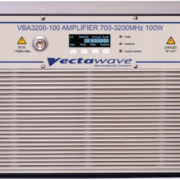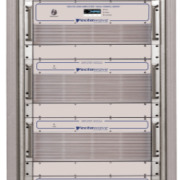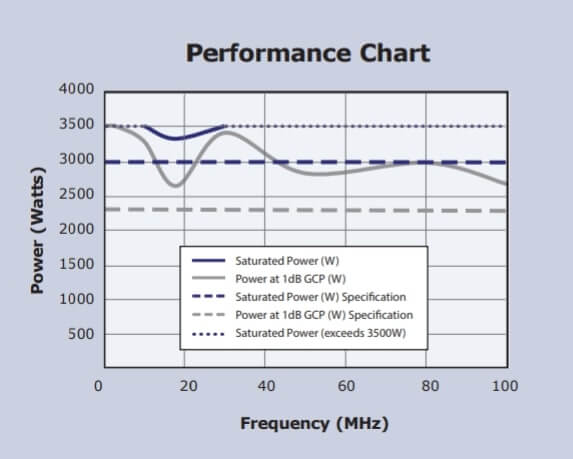How is EMI Test done?
If the device causes any electromagnetic interference
EMI do, electromagnetic interference tests, radio frequency wave operating devices, malicious broadcasts, operating frequency and output power controls.If it is determined that the device does not cause any electromagnetic interference in such an environment, The device is successful in the EMI Test.
if the device is causing any electromagnetic interference, CE certification cannot be given to the device under test as it may disrupt the operation of other devices.
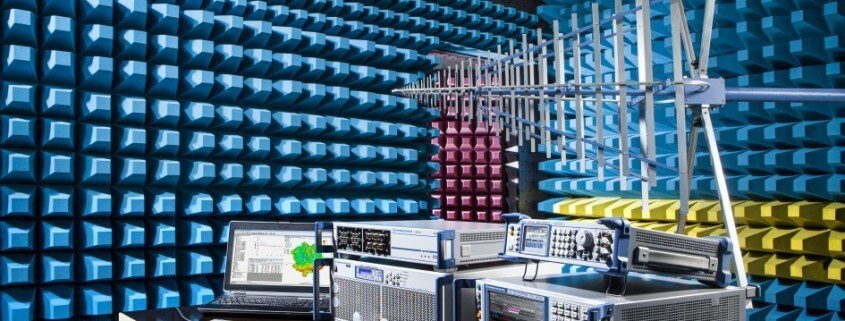
Telecommunication devices that do not meet EMI Test requirements
The devices covered by the Radio Telecommunications Terminal Equipment Directive must meet the EMI Test requirements in order to obtain CE certification.In the scope of the directive, all radio and telecommunication equipment, such as mobile phones, satellite receivers, fixed and direct phones, ADSL modem and other data modems, base stations, radio and TV transmitters, must meet the EMI Test requirements. Telecommunication devices that do not meet the EMI Test requirements may disrupt other devices or disrupt their operation.Likewise, these devices can also be damaged by interference due to this electromagnetic interference.Therefore, a telecommunication device must meet the requirements of the EMI test in order to obtain a CE certificate.
EMI test is carried out by the engineers in laboratory environment by considering different conditions. Whether or not the device causes electromagnetic interference is controlled by the Radio Telecommunication Terminal Equipment Directive with different variations.If the device does not cause any interference, it is approved for the CE certificate. Since the device or products must have CE marking in order to be circulated in the European Union free market, it is mandatory to apply EMI Test to the telecommunication products.
If the device does not cause any interference
After being tested in EMI test laboratories, being careful during the report and document phase is also very important for getting CE certificate. It is therefore necessary to be careful when choosing test laboratories.
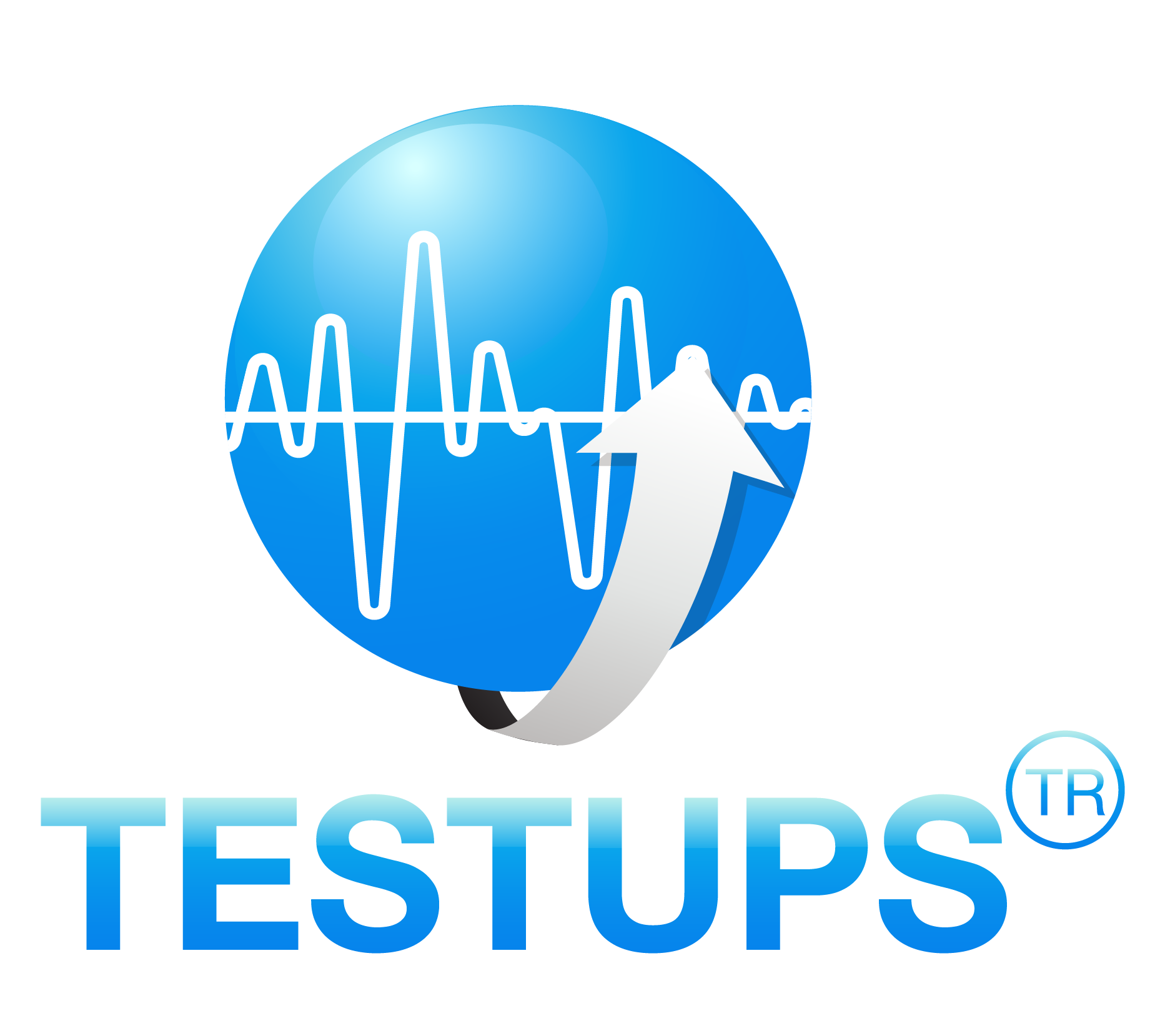


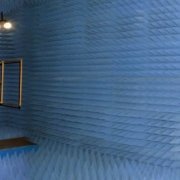

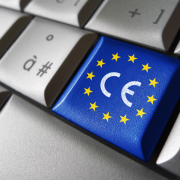
 Ege Test Center
Ege Test Center